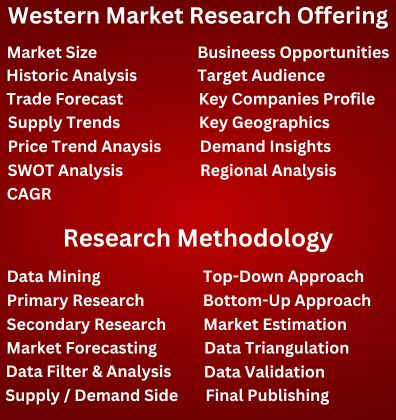The Food & Beverages industry encompasses all companies involved in the production, distribution, and retailing of food and drinks. Here's a brief overview:
Key Segments
Agriculture and Farming: The starting point for the food supply chain, involving the cultivation of crops and raising of livestock.
Food Processing: Transformation of raw ingredients into packaged food products, including fresh, canned, frozen, and prepared foods.
Beverage Production: Manufacturing of alcoholic and non-alcoholic drinks, such as sodas, juices, beer, wine, and spirits.
Distribution: Includes logistics and transportation of food and beverages from producers to retailers.
Retail: Supermarkets, grocery stores, convenience stores, and online food retailers where consumers purchase food and beverages.
Food Service: Restaurants, cafes, catering services, and other businesses that prepare and serve food and drinks to consumers.
Trends and Challenges
Health and Wellness: Increasing consumer demand for healthier, organic, and natural products.
Sustainability: Focus on sustainable sourcing, reducing carbon footprints, and minimizing waste.
Technology: Advancements in food tech, such as plant-based alternatives, lab-grown meats, and food delivery apps.
Regulation and Safety: Compliance with food safety standards and regulations to ensure consumer safety.
Globalization: International trade and the global supply chain, impacting availability and pricing of food and beverages.
Key Players
Nestlé: A leading global food and beverage company.
PepsiCo: Known for its wide range of beverages and snacks.
Anheuser-Busch InBev: One of the world's largest beer producers.
The Coca-Cola Company: Dominant in the soft drink market.
Unilever: Produces a wide array of food products and beverages.
Market Dynamics
Consumer Preferences: Shifts towards convenience, flavor innovation, and ethical consumption.
Economic Factors: Inflation, disposable income, and economic stability influencing purchasing power.
Cultural Influences: Dietary habits, culinary traditions, and regional tastes shaping product offerings.
Future Outlook
Innovation: Continued focus on new product development and technological advancements.
Sustainability Initiatives: Greater emphasis on environmentally friendly practices.
Health Trends: Growth in functional foods, superfoods, and dietary supplements.
The Food & Beverages industry is a dynamic and essential sector, continuously evolving to meet changing consumer demands and global challenges.


